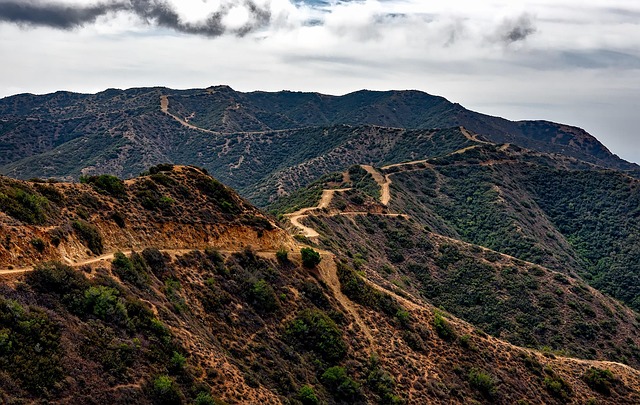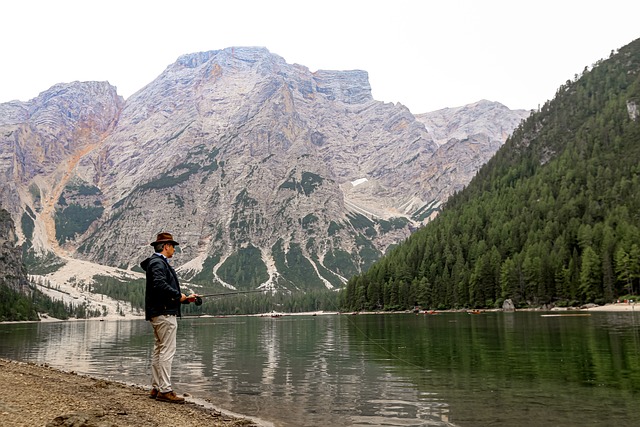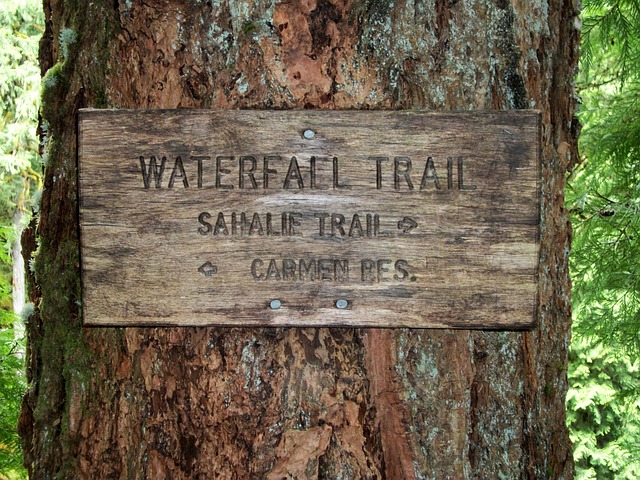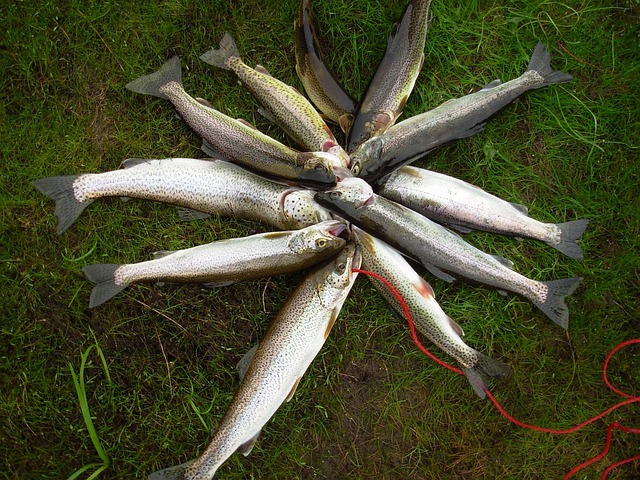The McKenzie River in Oregon is a legendary fishing destination renowned for its diverse range of fish species, including trout and salmon. With a blend of traditional and modern fishing techniques, the river caters to anglers of all skill levels. Strict regulations and conservation efforts safeguard the rich biodiversity, ensuring the longevity of the river's remarkable fish populations. By adhering to local rules, such as size limits and catch-and-release policies, visitors contribute to the McKenzie River's ecological balance, fostering a sustainable fishing experience for future generations.
Explore the rich history of fishing on the scenic McKenzie River, a gem in Oregon’s outdoor landscape. This article delves into the evolution of angling practices, from traditional methods to modern techniques, highlighting the diverse range of fish species that call this river home. Discover the unique regulations governing this beloved fishing spot and learn how conservation efforts play a vital role in preserving its fishing heritage for future generations. Uncover the best McKenzie River fishing spots and unlock the secrets of successful McKenzie River fly fishing.
- A Historical Overview of Fishing on the McKenzie River
- The Rich Diversity of Fish Species in the McKenzie River
- Traditional and Modern Fishing Techniques Used Today
- Understanding and Adhering to McKenzie River Fishing Regulations
- The Role of Conservation in Sustaining the McKenzie River's Fishing Heritage
A Historical Overview of Fishing on the McKenzie River
Fishing on Oregon’s McKenzie River has a rich history dating back generations. Once a vibrant hub for commercial fishing, the river supported a diverse range of fish species, including salmon, steelhead, and trout. Traditional methods like drift fishing with hand-tied flies were prevalent among local anglers who appreciated the scenic beauty and bountiful catches the river provided. Over time, however, overfishing and habitat degradation took their toll, leading to significant declines in fish populations.
Today, McKenzie River fishing spots are regulated by strict state and local laws aimed at preserving the ecological balance. Fishing regulations dictate seasons, limits, and techniques to ensure sustainable practices. The rise of fly fishing has become increasingly popular among enthusiasts who appreciate its artful approach and the challenge it presents. Through conservation efforts and responsible angling practices, the McKenzie River continues to offer a unique opportunity to connect with nature while enjoying one of Oregon’s most celebrated fishing destinations, preserving its rich history for future generations.
The Rich Diversity of Fish Species in the McKenzie River
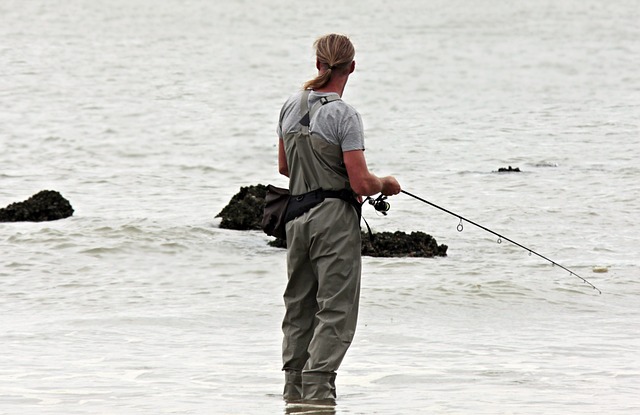
The McKenzie River, winding its way through the scenic landscapes of Oregon, boasts an incredible array of fish species that have captivated anglers for generations. This diverse ecosystem supports a thriving population of trout, salmon, and other freshwater fish, making it a sought-after destination for both local and visiting fishermen. From the legendary rainbow trout to the robust winter steelhead, the river offers a variety of fishing experiences tailored to different techniques and skill levels.
Anglers can explore various fishing spots along the McKenzie River, each presenting unique challenges and opportunities. Whether you’re an avid fly fisherman seeking to connect with a wild trout or a conservationist eager to preserve this rich biodiversity, the river’s regulations and conservation efforts are in place to ensure its longevity. These initiatives promote responsible fishing practices, allowing future generations to appreciate and enjoy the remarkable variety of McKenzie River fish species.
Traditional and Modern Fishing Techniques Used Today
The historical fishing practices on the McKenzie River have evolved significantly over time, blending traditional methods with modern innovations. Anglers today can choose from a variety of techniques that cater to different preferences and target specific McKenzie River fish species. Traditional methods include bottom fishing with bait or jigs, which has been popular for catching species like trout and salmon. Spin fishing and trolling are also prevalent, utilizing modern gear such as spinning reels and electric trollers to target the same species along with bass and other game fish.
For those who prefer McKenzie River fly fishing, the river offers a rich history and an abundance of opportunities. This method, requiring specialized equipment and techniques, is particularly effective for catching native trout species like cutthroat and rainbow trout. In recent years, conservation efforts have emphasized responsible fishing practices, leading to stricter McKenzie River fishing regulations designed to protect fish populations and their habitats. These include size limits, catch-and-release policies, and designated fishing spots to ensure the river’s ecological balance and sustain its reputation as a premier fishing destination.
Understanding and Adhering to McKenzie River Fishing Regulations
Fishing enthusiasts visiting the McKenzie River must familiarize themselves with the local fishing regulations to ensure a sustainable and enjoyable experience. The river’s rich biodiversity supports a diverse range of fish species, including rainbow trout, brown trout, and salmon. Understanding the rules is essential for several reasons. Firstly, it helps preserve the ecological balance by regulating catch limits and protecting vulnerable species. Adhering to these guidelines promotes fair play among anglers and ensures future generations can also enjoy catching McKenzie River’s remarkable fish.
McKenzie River fishing regulations cover various aspects of the sport, including license requirements, size and possession limits, and closed seasons for specific species. Anglers are encouraged to practice responsible fly fishing techniques, such as using lightweight gear and natural-looking flies, which minimize the ecological impact. By respecting these rules, visitors can contribute to the river’s long-term health and continue to enjoy its renowned fishing spots while exploring the beautiful landscapes along its banks.
The Role of Conservation in Sustaining the McKenzie River's Fishing Heritage
The historical fishing heritage of the McKenzie River is a testament to the region’s rich natural resources and the dedication of local communities to preserving them. Conservation efforts have played a pivotal role in ensuring that this fishing tradition can thrive for generations to come. The river, known for its diverse range of fish species, including trout, salmon, and bass, has seen significant changes over the years due to human activity. However, through the implementation of strict McKenzie River fishing regulations and conservation initiatives, the ecosystem has been restored, maintaining the quality of both the water and the catch.
McKenzie River fishing spots have become renowned among enthusiasts for their pristine beauty and abundant wildlife. Conservation groups and local anglers have collaborated to promote sustainable fishing practices, such as implementing size limits and catch-and-release policies for certain species. These efforts not only safeguard the future of the river’s fish populations but also enhance the overall experience for McKenzie River fly fishing enthusiasts. By balancing recreational activities with environmental stewardship, the region ensures that its historical fishing legacy remains intact while fostering a deep connection between nature and those who appreciate it.






